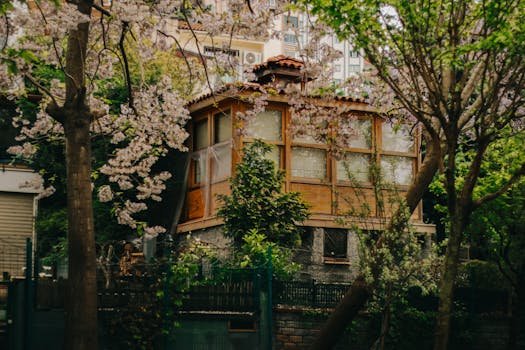
Urban Green Spaces: The Future of Outdoor Living in European Cities by 2025
Introduction to Urban Green Spaces
Urban green spaces, including parks, gardens, and green roofs, are becoming increasingly important in European cities. Urban Green Spaces are not only beautiful, but they also provide numerous benefits for the environment, public health, and the economy. As we approach 2025, it is essential to understand the significance of urban green spaces and how they will shape the future of outdoor living in European cities.
The Benefits of Urban Green Spaces
Urban green spaces offer a wide range of benefits, including improved air quality, reduced noise pollution, and enhanced biodiversity. They also provide opportunities for recreation, socialization, and relaxation, which are essential for mental and physical well-being. Additionally, urban green spaces can help to mitigate the urban heat island effect, reduce stormwater runoff, and improve soil quality.
Designing and Implementing Urban Green Spaces
Designing and implementing urban green spaces requires careful planning and consideration of various factors, including climate, soil, and water conditions. It is also essential to involve local communities in the planning process to ensure that the green spaces meet their needs and expectations. Furthermore, urban green spaces should be designed to be sustainable, accessible, and inclusive, with features such as walking and cycling paths, seating areas, and public art installations.
Case Studies of Urban Green Spaces in European Cities
Several European cities have successfully implemented urban green spaces, providing valuable lessons and inspiration for other cities. For example, the High Line in London, the Park de la Villette in Paris, and the Superkilen park in Copenhagen are just a few examples of innovative and sustainable urban green spaces. These case studies demonstrate the potential of urban green spaces to transform urban areas and improve the quality of life for citizens.
Conclusion and Future Directions
In conclusion, urban green spaces are a vital component of sustainable and livable cities. As we approach 2025, it is essential to prioritize the development and maintenance of urban green spaces in European cities. This requires a collaborative effort from policymakers, urban planners, architects, and local communities to design and implement green spaces that meet the needs of citizens and the environment. By doing so, we can create healthier, more sustainable, and more resilient cities for future generations.






